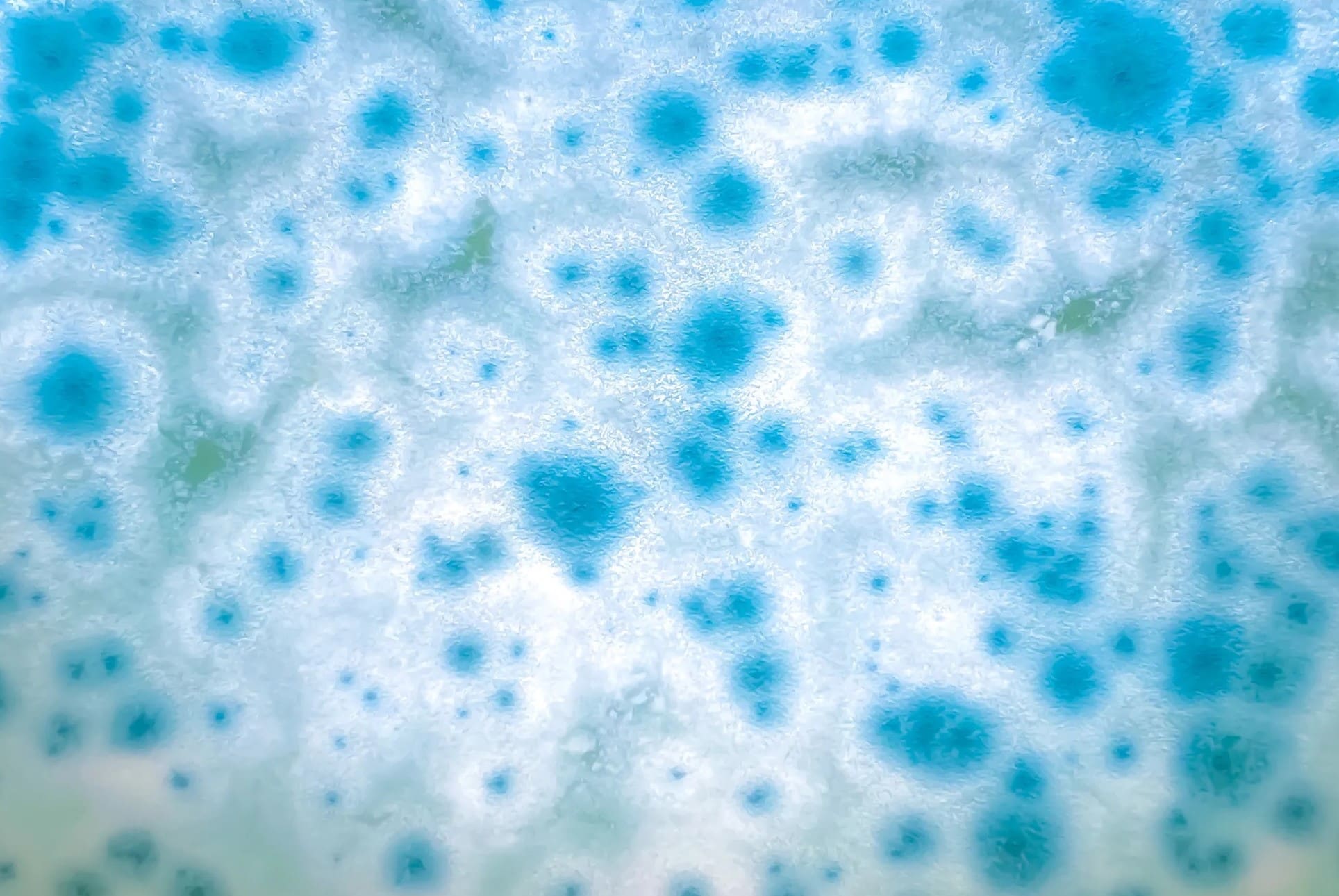
What is Chronic Granulomatous Disease (CGD)? Chronic Granulomatous Disease (CGD) is a rare, inherited disorder that weakens the immune system, making it hard for the body to fight off certain bacterial and fungal infections. This condition primarily affects phagocytes, a type of white blood cell, which are unable to produce the activated oxygen compounds needed to kill pathogens. As a result, individuals with CGD experience severe and recurrent infections, along with granulomas—tumor-like masses that can form in various organs. CGD can be inherited in an autosomal recessive or X-linked recessive manner, with the latter being more common and affecting mostly males. Early diagnosis and treatment are crucial for managing this condition.
Key Takeaways:
- Chronic Granulomatous Disease (CGD) is a rare immune system disorder causing severe infections and granulomas. It affects all ages, but most are diagnosed before age 5. Treatment includes antibiotics, antifungals, and gene therapy, improving prognosis.
- CGD is caused by genetic mutations affecting the immune system's ability to fight infections. Symptoms include recurrent infections, granulomas, and organ complications. Advances in treatment, such as gene therapy and stem cell transplantation, have improved patient outcomes.
What is Chronic Granulomatous Disease?
Chronic Granulomatous Disease (CGD) is a rare, inherited disorder that affects the immune system. It makes it hard for the body to fight off certain infections. Let's dive into some key facts about this condition.
- Definition: CGD is a primary immunodeficiency disorder that primarily affects phagocytes, leading to an increased susceptibility to severe and recurrent bacterial and fungal infections, along with the development of granulomas.
- Prevalence: The worldwide birth prevalence of CGD is estimated to be between 1 in 100,000 and 1 in 217,000 individuals.
- Inheritance: CGD can be inherited in an autosomal recessive or X-linked recessive manner. The X-linked form is more common and predominantly affects males.
- Age of Onset: Symptoms of CGD can present at any age but are most commonly diagnosed before the age of 5 years.
Symptoms and Manifestations
CGD can present with a variety of symptoms, often making it challenging to diagnose. Here are some common signs and symptoms.
- Symptoms: Common manifestations include severe and recurrent infections, granulomatous lesions in various organs (such as the lungs, liver, lymph nodes, and gastrointestinal tract), abscesses, lymphadenitis, and osteomyelitis.
- Pathogens: Typical pathogens include catalase-producing organisms like Staphylococcus aureus, Escherichia coli, Serratia, Klebsiella, and Pseudomonas, as well as fungi like Aspergillus.
- Granulomas: Granulomas are tumor-like masses formed in response to chronic infections. They can cause serious disruptions depending on their location, such as obstructing urine flow or food passage through the digestive tract.
- Immune Deficiency: The primary immune deficiency in CGD is due to the inability of phagocytes to produce hydrogen peroxide and other activated oxygen compounds necessary for killing ingested microorganisms.
- Phagocytosis: Phagocytosis, the process by which cells engulf and digest foreign particles and microorganisms, is impaired in CGD. Although phagocytes can engulf pathogens, they cannot destroy them due to the genetic defect.
Genetic Basis and Diagnosis
Understanding the genetic basis and how CGD is diagnosed is crucial for managing the disease effectively.
- Genetic Defects: The disorder is caused by mutations in any one of the six genes encoding the phagocyte nicotinamide adenine dinucleotide phosphate (NADPH) oxidase subunits or a critical stabilizer. The most common mutations affect the CYBB gene (Xp21.1), CYBA (16q24), NCF1 (7q11.23), NCF2 (1q25), NCF4 (22q13.1), and CYBC1 (17q25.3).
- Symptoms in Carriers: Female carriers of the X-linked form of CGD may be asymptomatic or develop various symptoms, including joint pain with a lupus-like syndrome, aphthous ulcers, chorioretinal lesions, and photosensitivity.
- Diagnosis: Diagnosis is typically made by assessing oxygen radical production in white blood cells via a flow cytometric oxidative burst assay. This test helps identify carriers and diagnose CGD.
Treatment and Management
Managing CGD involves a combination of medications and sometimes more advanced treatments. Here’s what you need to know.
- Treatment: Treatment for CGD includes prophylactic antibiotics and antifungal medications, such as trimethoprim-sulfamethoxazole and itraconazole. Interferon-gamma is also recommended to reduce infection incidence.
- Prognosis: The prognosis for CGD has significantly improved with the use of antibacterial and antifungal prophylaxis therapy. Most patients now live well into adulthood.
- Hematopoietic Stem Cell Transplantation: Hematopoietic stem cell transplantation is a curative option for some patients with CGD and is increasingly used.
- Gene Therapy: Gene therapy has shown promise in correcting the genetic defect in some individuals with CGD, although it is still in the early stages of development.
- Granulocyte Transfusions: For severe infections, granulocyte transfusions may be necessary to provide functional phagocytes to combat infections.
Common Infections and Complications
CGD patients are prone to specific types of infections and complications. Here are some common ones.
- Common Infections: Common infections in CGD include pneumonia, abscesses, cellulitis, adenitis, and osteomyelitis. Mycobacterial diseases are usually limited to tuberculosis or regional and disseminated Bacillus Calmette-Guérin (BCG) infections.
- Invasive Fungal Infections: Invasive fungal infections are frequent in CGD patients, with Aspergillus being a leading cause of death.
- Chronic Inflammation: Dysregulated inflammation and granuloma formation can cause chorioretinal lesions, functional gastric outlet obstruction, inflammatory bowel disease (IBD), and wound dehiscence.
- Delayed Growth: Up to 50% of patients present with diarrhea, abdominal pain, and failure to thrive, which can delay growth and development.
- Hypergammaglobulinemia: Hypergammaglobulinemia, an elevated level of gamma globulins in the blood, is a common finding in CGD patients due to chronic inflammation.
- Elevated Erythrocyte Sedimentation Rate: An elevated erythrocyte sedimentation rate (ESR) is another common finding, indicating chronic inflammation.
- Anemia: Anemia is also common in CGD patients due to chronic infection and inflammation.
Organ Involvement and Other Symptoms
CGD can affect various organs, leading to a range of symptoms. Here’s a closer look.
- Granulomatous Lesions: Granulomatous lesions occur in multiple organs, including the lungs, liver, lymph nodes, and gastrointestinal tract, causing various symptoms depending on their location.
- Suppurative Lymphadenitis: Suppurative lymphadenitis, characterized by the formation of pus-filled lymph nodes, is a common symptom in CGD patients.
- Hepatosplenomegaly: Enlargement of the liver and spleen (hepatosplenomegaly) is another common finding due to chronic infection and inflammation.
- Pneumonia: Pneumonia is a frequent complication in CGD patients, often caused by catalase-producing bacteria.
- Abscesses: Skin, lymph node, lung, liver, and perianal abscesses are common in CGD patients.
- Stomatitis: Stomatitis, or inflammation of the mouth, is also a common symptom due to chronic infection.
- Osteomyelitis: Osteomyelitis, an infection of the bone, is another complication that can occur in CGD patients.
- Gastrointestinal Symptoms: Gastrointestinal symptoms such as diarrhea and abdominal pain are common due to granulomatous lesions in the gastrointestinal tract.
Genetic Basis and Forms
Understanding the genetic basis and different forms of CGD is essential for grasping the full scope of the disease.
- Genetic Basis: The genetic basis of CGD involves mutations in genes responsible for producing NADPH oxidase, which is essential for producing hydrogen peroxide and other activated oxygen compounds.
- X-linked Form: The X-linked form of CGD accounts for about two-thirds of cases, primarily affecting males due to their single X chromosome.
- Autosomal Recessive Form: The autosomal recessive form accounts for the remaining one-third of cases, affecting both males and females but requiring two defective copies of the gene (one from each parent).
- Incidence: The overall incidence of CGD is approximately 1 in 1,000,000 individuals.
Historical Perspective and Current Treatment
CGD has come a long way since it was first identified. Here’s a look at its history and current treatment options.
- Historical Perspective: CGD was first identified in the 1950s and was once almost invariably fatal. However, recent advances in diagnosis and treatment have significantly improved the prognosis.
- Current Treatment: Current treatment includes preventive long-term administration of antibiotics, antifungal medications, and gamma interferon to reduce infection incidence.
- Gene Therapy Potential: Gene therapy shows promise in correcting the genetic defect in some individuals with CGD, although it is still in the early stages of development.
- Hematopoietic Stem Cell Transplantation Success: Hematopoietic stem cell transplantation has been successful in curing some patients with CGD, making it a viable treatment option.
- Granulocyte Transfusions Use: Granulocyte transfusions are sometimes necessary for severe infections, providing functional phagocytes to combat infections.
Prophylactic Measures and Complications
Preventive measures and understanding potential complications are key to managing CGD effectively.
- Prophylactic Measures: Prophylactic measures such as antibacterial and antifungal prophylaxis are essential in preventing infections in CGD patients.
- Interferon-Gamma Role: Interferon-gamma plays a crucial role in reducing infection incidence by enhancing the immune response against pathogens.
- Chronic Infection Complications: Chronic infections can lead to various complications, including granulomatous lesions, abscesses, and organ dysfunction.
- Autoimmune Manifestations: Some CGD patients may develop autoimmune manifestations such as discoid lupus erythematosus and antiphospholipid syndrome.
- Inflammatory Bowel Disease: Inflammatory bowel disease (IBD) can occur in CGD patients due to dysregulated inflammation and granuloma formation.
- Functional Gastric Outlet Obstruction: Functional gastric outlet obstruction can occur due to granulomatous lesions in the gastrointestinal tract.
- Wound Dehiscence: Wound dehiscence, or the reopening of a surgical wound, can occur due to impaired wound healing in CGD patients.
- Chorioretinal Lesions: Chorioretinal lesions can occur in CGD patients, particularly in female carriers of the X-linked form.
- Improved Prognosis: The prognosis for CGD patients has significantly improved with the use of modern treatments, including prophylactic antibiotics, antifungal medications, and interferon-gamma, as well as hematopoietic stem cell transplantation and gene therapy.
Final Thoughts on Chronic Granulomatous Disease
Chronic Granulomatous Disease (CGD) is a rare, inherited immunodeficiency that hampers the body's ability to fight off certain infections. Affecting mostly young children, CGD leads to severe, recurrent bacterial and fungal infections. Diagnosing CGD involves specialized tests to assess white blood cell function. Treatment includes prophylactic antibiotics, antifungal medications, and sometimes interferon-gamma. Hematopoietic stem cell transplantation offers a potential cure for some patients. Advances in gene therapy also show promise. Despite its challenges, modern treatments have significantly improved the prognosis for those with CGD, allowing many to live well into adulthood. Understanding CGD's genetic basis, symptoms, and treatment options is crucial for managing this complex condition effectively.
Frequently Asked Questions
Was this page helpful?
Our commitment to delivering trustworthy and engaging content is at the heart of what we do. Each fact on our site is contributed by real users like you, bringing a wealth of diverse insights and information. To ensure the highest standards of accuracy and reliability, our dedicated editors meticulously review each submission. This process guarantees that the facts we share are not only fascinating but also credible. Trust in our commitment to quality and authenticity as you explore and learn with us.


